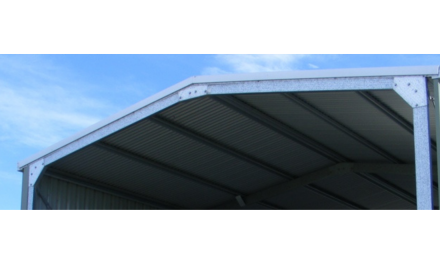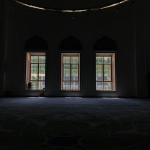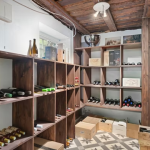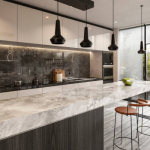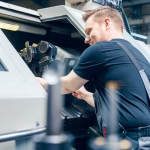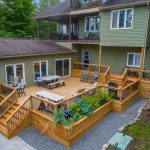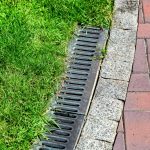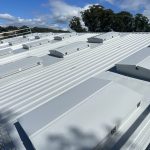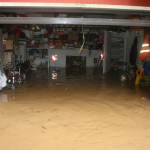Transforming Your Backyard Shed: The Complete Guide to Adding Essential Services
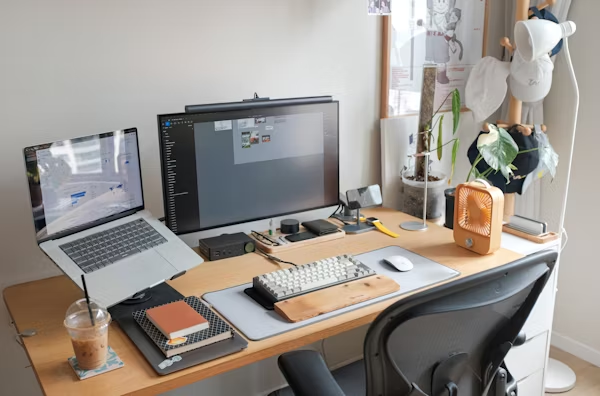
Your backyard shed doesn’t have to be just a dusty storage space for garden tools and old paint cans. With the right upgrades and services, that humble structure can become a fully functional workshop, home office, art studio, or even a comfortable guest retreat. The key to unlocking your shed’s potential lies in understanding how to properly integrate essential services like cooling, electricity, and plumbing.
Many Australian homeowners are discovering that their underutilized sheds represent untapped square footage just waiting to be transformed. Whether you’ve inherited a basic shed with your property or you’ve recently had one installed, the journey from basic structure to functional space requires careful planning and the right professional expertise. This comprehensive guide will walk you through everything you need to consider when upgrading your shed with essential services, helping you avoid common pitfalls and make informed decisions about your investment.
Understanding Your Shed’s Potential
Before diving into specific upgrades, take a moment to honestly assess your shed’s current condition and your goals for the space. Not every shed is created equal, and understanding the foundation you’re working with will save you time, money, and frustration down the track.
Start by examining the structural integrity of your shed. Check for signs of water damage, rust on metal components, or rot in wooden structures. Look at the roof – does it leak? Are there gaps where weather can penetrate? A solid, weatherproof structure is essential before you invest in any services or amenities. After all, there’s no point installing expensive electrical systems or climate control if your shed can’t keep out the elements.
Consider the size and layout of your space. A small 3×3 metre shed will have different possibilities and limitations compared to a spacious 6×6 metre structure. Think about ceiling height too – adequate headroom isn’t just about comfort; it affects ventilation options, lighting placement, and whether you can comfortably work standing up for extended periods.
The existing access to services is another crucial factor. How far is your shed from your home’s main electrical panel? Is there existing plumbing nearby, or would you be starting from scratch? These practical considerations will significantly impact both the feasibility and cost of your planned upgrades. Some renovations might require council permits or approval, particularly if you’re adding permanent services or changing the shed’s primary use.
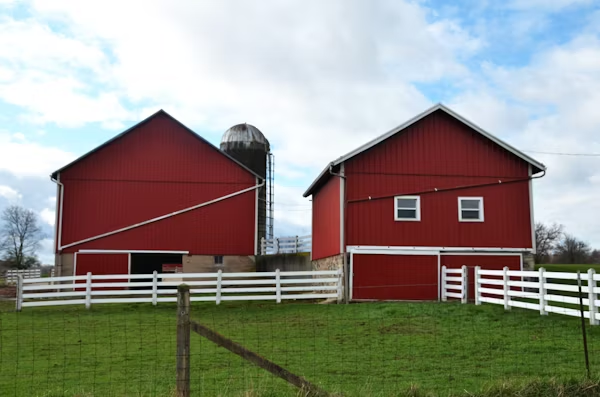
Creating a Comfortable Climate Year-Round
Australia’s climate can be brutal on shed spaces. Without proper temperature control, your shed can become an oven in summer and uncomfortably cold in winter, making it virtually unusable for large portions of the year. Addressing climate control should be one of your top priorities when converting a shed into a functional space.
Insulation forms the foundation of any climate control strategy. Many basic sheds have little to no insulation, which means they struggle to maintain comfortable temperatures regardless of your heating or cooling efforts. Installing proper insulation in walls, ceiling, and even the floor will dramatically improve your shed’s thermal efficiency. This isn’t just about comfort – it’s also about running costs, as a well-insulated space requires far less energy to heat or cool.
When it comes to cooling solutions, you have several options to consider. Portable air conditioners offer flexibility and lower upfront costs, but they’re generally less efficient and can be noisy. Ceiling fans provide good air circulation and are economical to run, though they don’t actually lower the temperature. For a more permanent and effective solution, many shed owners opt for split system air conditioning.
If you’re in Melbourne’s southeastern suburbs, working with specialists who understand the local climate is invaluable. For instance, installing an air conditioner Cranbourne residents trust means you’re getting expertise from professionals who understand the specific cooling challenges of the region, from scorching summer days to milder but humid autumn weather. A properly sized and installed split system can transform your shed from a seasonal space into a year-round retreat, providing both cooling in summer and heating in winter.
The positioning of your cooling system matters too. Consider the shed’s orientation, sun exposure, and how air flows through the space. Professional installers will assess these factors to determine the optimal placement for maximum efficiency and comfort.
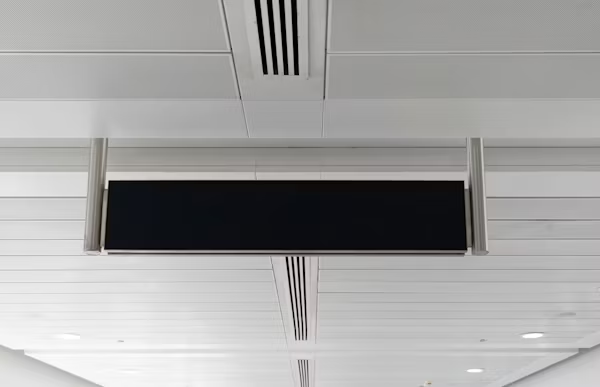
Powering Your Space: Electrical Considerations
Once you’ve tackled climate control, turning your attention to electrical infrastructure is the logical next step. Proper electrical planning transforms a shed from a lit storage space into a genuinely functional work area where you can power tools, computers, appliances, and all the equipment your activities require.
The electrical needs of your shed will vary dramatically depending on its intended use. A simple hobby space might only need a few power points and overhead lighting. A woodworking workshop, on the other hand, could require multiple dedicated circuits for power tools, dust extraction systems, and task lighting. A home office setup needs reliable power for computers, monitors, printers, and charging stations. Understanding your specific power requirements from the outset helps avoid costly retrofitting later.
Safety must be your absolute priority when it comes to shed electrics. DIY electrical work isn’t just dangerous – in Australia, it’s illegal for anyone except licensed electricians to perform electrical installations or modifications. The risks of improper wiring include electric shock, fire hazards, and voiding your home insurance. It’s simply not worth the risk, regardless of how confident you might feel about your DIY skills.
Running power to your shed typically involves several steps. You’ll need to connect to your home’s main switchboard, run appropriate cabling (usually underground to avoid damage and comply with regulations), and install a sub-board in the shed with circuit breakers and safety switches. The complexity increases if your shed is far from the house or if you need significant power capacity.
Working with an experienced electrician in melbourne cbd or surrounding areas ensures your electrical installation meets all Australian Standards and local regulations. Licensed electricians understand the specific requirements for shed electrical work, including proper earthing, weatherproof fittings, and appropriate circuit protection. They’ll also ensure your installation is documented correctly and complies with any necessary permits or inspections.
Think beyond just the basics when planning your electrical layout. Consider where you’ll need power points – and add more than you think you’ll need. Future-you will appreciate having outlets exactly where you need them rather than relying on extension cords. Plan for adequate lighting, including both general overhead lighting and task lighting for detailed work. If you’re setting up a workshop, you might need specialty outlets for 15-amp equipment or three-phase power for industrial machinery.
Don’t forget about data cabling if you’re creating an office space. While Wi-Fi might seem sufficient, hardwired Ethernet connections offer more reliable connectivity, which is crucial for video calls or large file transfers. Some electricians can handle data cabling as part of your electrical fit-out, giving you a comprehensive service solution.
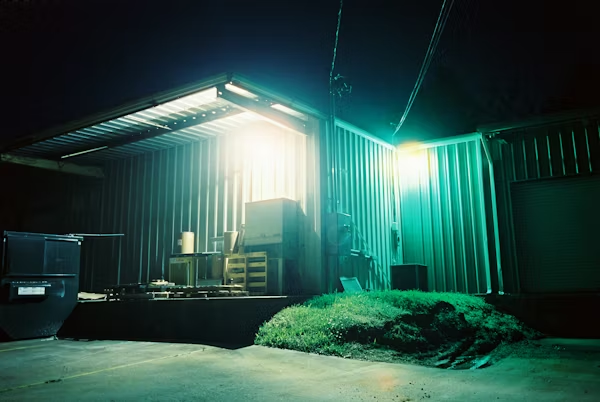
Adding Plumbing: From Basic Sink to Full Amenities
For many shed conversions, adding plumbing capability represents the final frontier in creating a truly functional space. Whether you’re simply wanting a utility sink for cleaning up after messy projects or you’re ambitious enough to add a toilet and shower for a fully self-contained studio, plumbing transforms how you can use your shed.
The decision to add plumbing shouldn’t be taken lightly. It’s typically one of the most complex and expensive upgrades you can make to a shed, involving excavation, connection to existing sewer lines or installation of a septic system, and ensuring proper drainage and ventilation. However, the convenience and functionality it adds can be absolutely worth the investment, particularly for sheds used daily.
Start by identifying your specific plumbing needs. A simple cold water connection to a utility sink might be all you need for a workshop or art studio, allowing you to clean tools, fill water containers, or wash your hands without trekking back to the house. This is relatively straightforward and affordable compared to more extensive plumbing work.
If you’re converting your shed into a guest room, home gym, or dedicated studio where people will spend significant time, you might want to consider adding a toilet. This provides privacy and convenience for guests and saves wear and tear on your main house. Adding hot water opens up even more possibilities, from comfortable hand washing to installing a small shower.
The complexity of plumbing work means choosing the right professional is crucial. You need someone who understands both the technical requirements and the relevant regulations. A qualified plumber Gladstone Park locals recommend, or any licensed plumber in your area, will assess your site, determine the most practical way to connect to existing services or implement alternative solutions, and ensure all work meets plumbing codes.
Plumbers will consider factors like the distance from your main house’s plumbing, the slope of the land (essential for proper drainage), soil conditions, and whether you need to install a sewage pump if your shed is below the main sewer line level. They’ll also advise on practical matters like preventing frozen pipes in winter or ensuring adequate water pressure.
Don’t overlook the importance of proper drainage around your shed. Adding plumbing means adding water to the space, and you need to ensure that water goes where it should. Poor drainage can lead to dampness, mould, and even structural damage over time. Professional plumbers will ensure your drainage system is adequate for your needs and complies with local requirements.
Consider the ongoing maintenance requirements of your plumbing system too. Outdoor plumbing can be more vulnerable to temperature extremes and blockages. Installing shut-off valves that let you isolate the shed’s plumbing system means you can winterize the space if needed or quickly address any problems without affecting your main house’s water supply.




